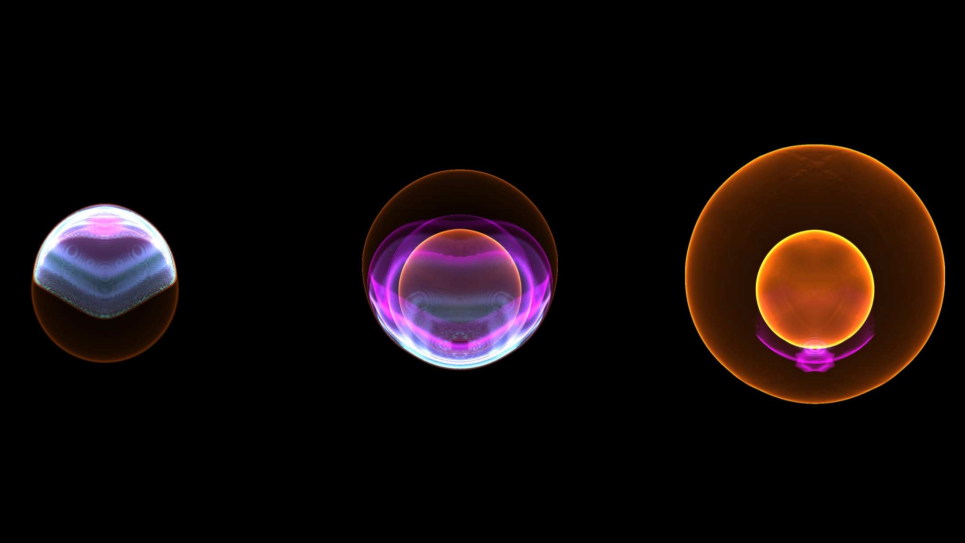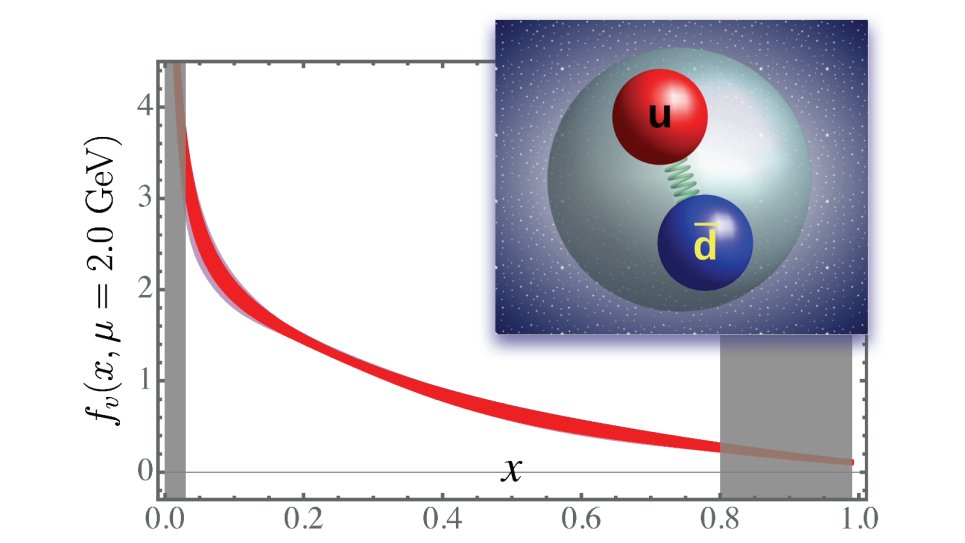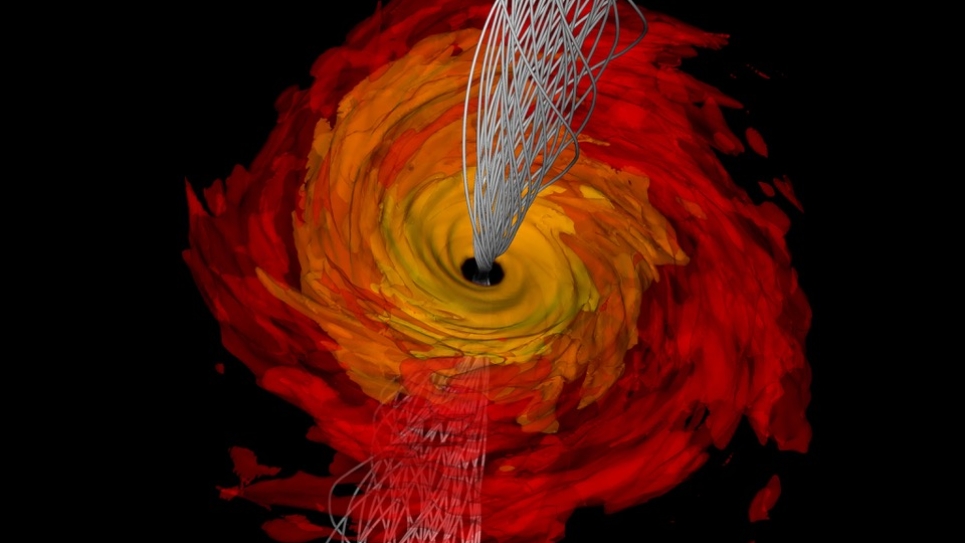
Kinetic Simulations of Fusion Energy Dynamics at the Extreme Scale
The quest for alternatives to fossil fuels to meet the world’s energy needs is generating increasing interest in nuclear fusion. In order to build the scientific foundations to develop fusion energy, a key need is the timely development of high-physics-fidelity predictive simulation capability for magnetically confined fusion plasmas. To do so in a timely way requires using the power of leadership-class supercomputers to simulate the complex dynamics governing fusion energy systems, including ITER, a multi-billion dollar international burning plasma experiment.
For this INCITE project, researchers will continue to use ab initio particle-in-cell global codes to solve the nonlinear equations underlying gyrokinetic theory. The goal is to gain new physics insights on magnetic confinement properties, while also answering the key question of how turbulent transport and associated confinement characteristics will scale from present generation devices to the much larger ITER-scale plasmas.
Researchers are also addressing another important physics challenge by studying the unavoidable spatial variations in such systems. The resulting microturbulence can significantly increase the transport rate of heat, particles, and momentum across the confining magnetic field in tokamak devices. The balance between these energy losses and the self-heating rates of fusion reactions ultimately determines the size and cost of an actual fusion reactor. Therefore, understanding and possibly controlling the underlying physical processes is key to achieving the efficiency needed to help ensure the practicality of future fusion reactors.


